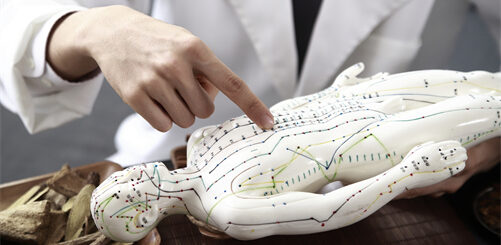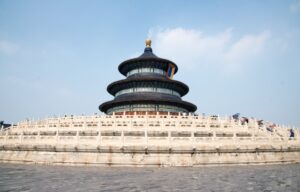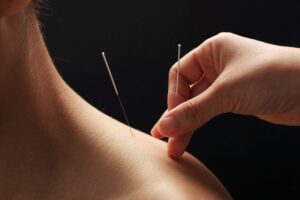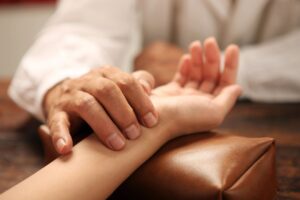The Differences between Traditional Chinese Orthopedic Treatment and Western Medical Rehabilitation Treatment
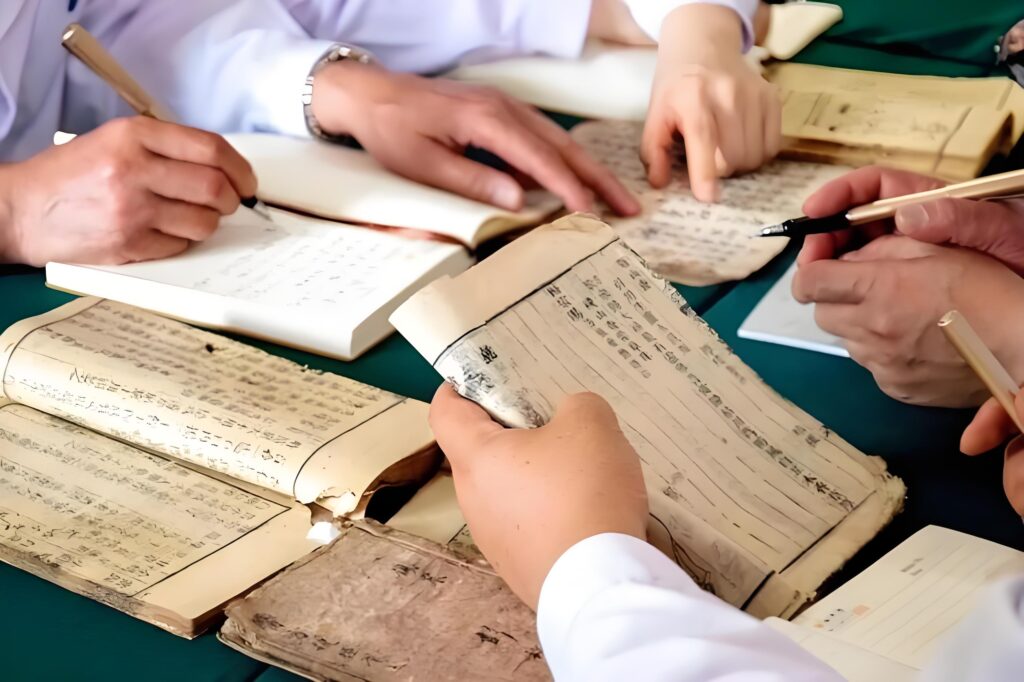
Traditional Chinese orthopedic treatment and Western medical rehabilitation treatment have significant differences in dealing with bone-related diseases and injuries. Traditional Chinese orthopedic treatment has a long history and a unique theoretical system. It is detailedly recorded in “The Golden Mirror of Medicine: Essentials of Bone-Setting” about the methods and key points of traditional Chinese bone-setting. Traditional Chinese medicine emphasizes the holistic concept, focusing on both tendons and bones, and the combination of movement and stillness. In treatment, in addition to using manipulation techniques such as tuina, massage, and acupuncture to unclog the meridians and regulate qi and blood, Chinese herbal medicine is also used for internal or external application to promote the repair and rehabilitation of injuries. For example, some Chinese herbal medicines for promoting blood circulation and removing blood stasis can help improve local blood circulation and accelerate the subsidence of swelling. At the same time, traditional Chinese medicine also emphasizes the patient’s own conditioning, such as dietary regulation and regular daily life. Western medical rehabilitation treatment is more based on modern scientific research and medical theories. It focuses on the precise assessment and analysis of structures such as bones, muscles, and joints. Through physical therapy, such as heat therapy, cold therapy, electrotherapy, and exercise therapy, to improve muscle strength, joint range of motion, and functional status. Rehabilitation training plans are often personalized and adjusted according to the specific situation and rehabilitation goals of the patient. Quoting the view in the field of rehabilitation medicine, “Accurate assessment and targeted training are the core of Western medical rehabilitation treatment.” In terms of treatment concepts, traditional Chinese medicine tends to start from the macroscopic whole and regulate the internal balance of the human body; while Western medical rehabilitation focuses on the targeted improvement of local structure and function. In terms of treatment methods, traditional Chinese medicine has diverse and relatively mild techniques and focuses on mobilizing the human body’s own repair ability; Western medical rehabilitation relies more on modern instruments and equipment. However, this does not mean that the two are mutually exclusive. In actual clinical practice, the two can be combined and their advantages can be complementary. For example, in the rehabilitation after fracture surgery, acupuncture in traditional Chinese medicine can be combined to relieve pain, and at the same time, Western exercise therapy can be used to enhance muscle strength. In conclusion, traditional Chinese orthopedic treatment and Western medical rehabilitation treatment each have their characteristics and advantages. They both play an important role in the treatment and rehabilitation of bone diseases and injuries, providing patients with diversified treatment options and jointly committed to helping patients restore health and function. The above content is for reference only, and in actual medical treatment, various treatment methods should be comprehensively used according to the specific situation.



